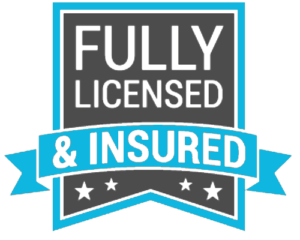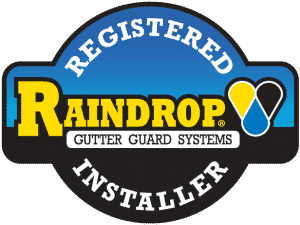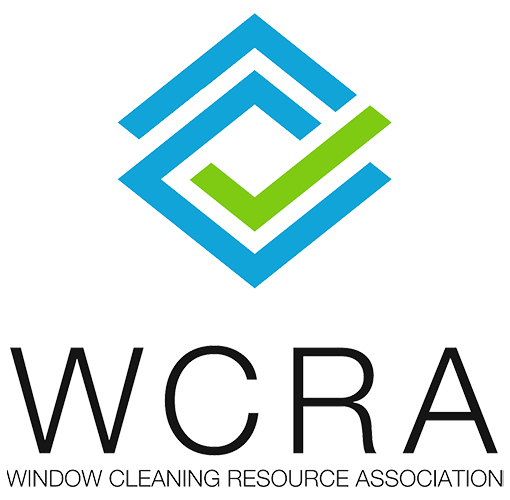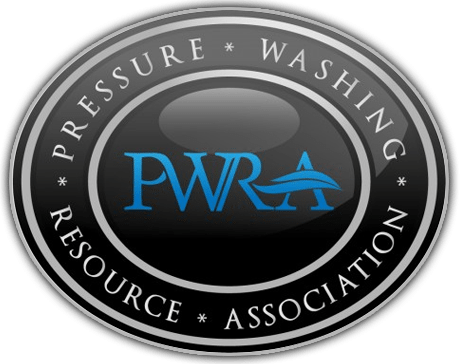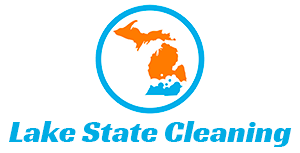What is “Soft Washing”?
Most people are familiar with a pressure washer: those wheeled contraptions that are really loud and shoot water really far. They range in size from small, electric units that are great for rinsing your car to huge trailer-mounted machines that are powerful enough to write your name in concrete.
We’ve all seen people using pressure washers do do things like clean siding, patios and sidewalks. They are handy for washing your car, rinsing debris off your deck and a variety of other applications. What you may not realize, though, is that pressure washers are often misused by their owners. Pressure washers hate this. I know this because they’ve told me. They often lament “Oh, if only my owner knew what he/she was doing! Then I would be an effective tool, not a destructive deck-wrecking siding-ripping monster!”
Ok, I’m kidding. Pressure washers can’t talk. But they are often misused. There is a misconception out there that the proper way to clean many surfaces is to simply blast it with as much water pressure as you can deliver. It’s true that this method can sometimes produce results that are satisfactory. But a host of problems are lurking here.
Surfaces like wood, shingles and vinyl siding don’t really like high pressure. Too much power can actually damage many of the surfaces people try to clean. Additionally, when trying to clean biological material (ie., moss, algae or mold) the “blast-it-with-more-water” method provides a temporary solution, at best. Why? Because, even though the surface may appear to be clean after pressure washing, the roots of those biological agents are still present. It’s only a matter of time (often just a few weeks) before those roots begin to grow again, and then the problem starts all over.
So, how does a surface cleaning professional approach issues like these? The answer is a process called “soft washing”. Soft washing involves the use of specially formulated detergents that break up or dissolve various types of staining. These chemicals can be applied via a pressure washer and rinsed off that way, too.
The advantages are several. Firstly, cleaning detergents can be applied and rinsed at low pressure. This protects the surface from the potential damage that comes from a high-pressure blast of water only. A second advantage is that, when dealing with stains that are “alive” (like algae) the detergents actually kill to the root. Not only do the stains come off, but the source of stain is dead and gone. This prevents the stains from returning in short order. Soft washing gets to the “root of problem” in a way that simple water pressure can’t.
The images below are before/after examples of some soft washing we did in Bloomfield Township recently. These columns are sided in a material called dryvit. You can see that moss and algae have a serious foothold on both the dryvit and the limestone base. In this case, the surfaces have been neglected for so long that some degradation has occurred. Even in extreme cases such as this, we achieve impressive cleaning results.
[rev_slider softwash_before]
Now view the results of a thorough soft wash. Note that these columns were cleaned using a pressure washer with low pressure, minimal agitation with a brush, and the use of appropriate detergents.
[rev_slider softwash_after]
As you can see, the results are dramatic. Even better, the biological material was killed to the root. This will result in a longer-lasting improved appearance.
Give me a call to learn more about our pressure washing services or to schedule soft washing at your home or place of business.

